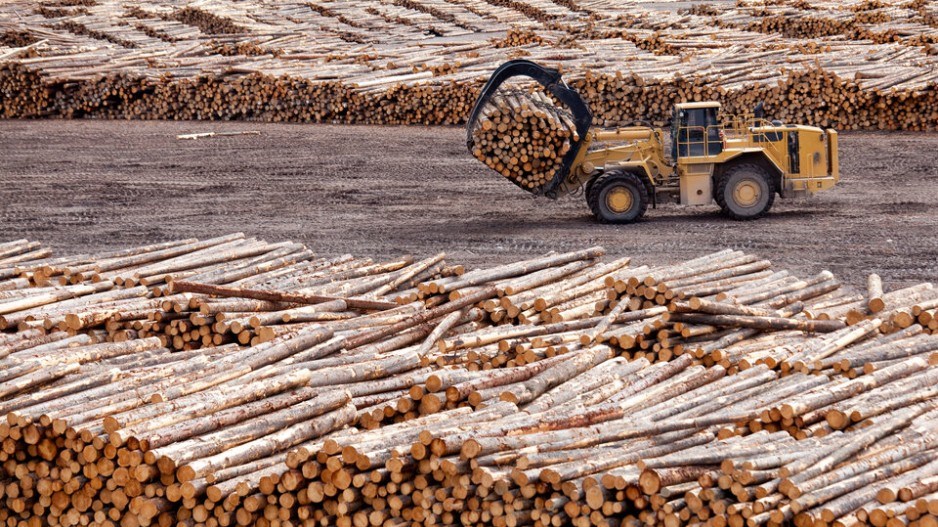It is not an exaggeration to declare that forestry’s fortunes in recent years have been nothing short of disastrous, with more than 9,000 jobs lost since 2018.
Canfor’s announcement in September that they would shutter two mills in the Peace Region was a gut-punch to communities in places like Fort St. John. A poor lumber market and tariffs on exporting products in the United States was cited as one of the reasons for the closures and the loss of over 220 more jobs.
For context, imagine if 91原创 were to suddenly lose over 6,000 jobs.
However, there is hope for the forestry industry in B.C., even if it is only a glimmer right now, and that is Canada’s bi-partisan consensus that the country needs more housing, especially in places like Greater 91原创 and Greater Victoria.
For almost now, the number of housing starts in Canada has declined. The Canada Mortgage and Housing Corporation (CMHC) has pointed to heightened interest rates and an uncertain economy among others that have caused a cool down in the number of new builds.
The CMHC found that housing starts had declined by seven per cent in 2023 compared to 2022, with a particularly acute 25-per-cent reduction in detached, single-family home starts. Construction provides much of the demand for lumber, and this downturn is being felt by the forestry industry.
For British Columbia, where forestry is still a prominent industry despite its ongoing difficulties, the impact of the housing and construction downturn has harmed the province hard. Lumber production in B.C. fell by over for most of 2023.
91原创 Island’s forestry communities have had their own problems, with site closures and jobs lost, which hits people in the island’s northern reaches especially hard, with mills in cities like Port Alberni shed over 100 jobs.
Timber harvest reductions, made worse by the pine beetle plague, and new in areas like old-growth logging have driven many sawmill owners to shutter their worksites as productivity declines.
However, Canada’s political leaders have realized the need for a dramatic boost in the country’s housing supply to alleviate the chronic affordability challenges faced by ordinary 91原创s. Both the Liberal government and the Conservative opposition have put forward housing plans that include scaling up the number of new housing starts by municipalities across the country.
Such bi-partisan agreement is rare in Canada, but this one in particular should be a reminder for those in the forestry industry that all is not yet lost.
Ken Peacock, the Business Council of B.C.’s chief economist, has that economists could predict the course of the province’s economy simply by tracking housing starts in the U.S., reflecting forestry’s importance to B.C. at the time. Times have certainly changed, but the importance of foreign markets to B.C. forestry has not disappeared, and the 91原创 market can pick up the slack.
Announced earlier this year, the Liberal government’s housing plan set an ambitious target of putting up almost four million new homes in Canada by 2031, and will be supported by federal investments and structured around a collaborative approach between all levels of government.
On the other hand, the federal Conservatives, who currently dominate polling in the leadup to the 2025 federal election, have put forward their own plan to increase housing starts, and promised policies to streamline construction and slash regulatory barriers.
Although distinct in their nuances and approaches, their end-goals are identical, and this could represent a boom for B.C. forestry.
If the softwood lumber dispute with the United States means an unfriendly American market, an explosion of new housing starts in Canada unseen since the end of the Second World War is an attractive alternative.
Even with the reduction in immigration rates pledged by the Liberal government these past few weeks, newcomers will continue to arrive in Canada, and the growing population will need homes to live in.
National Forestry Week at the end of September was overshadowed by recent mill closures and the livelihoods that have been so badly impacted by them. We can only hope that during future weeks, that there will be no shortage of stories talking of the possibility of revived and a thriving forestry industry as Canada builds for the future.
Geoff Russ is a policy analyst with Resource Works and a columnist in 91原创. He is a former journalist with The Hub.




